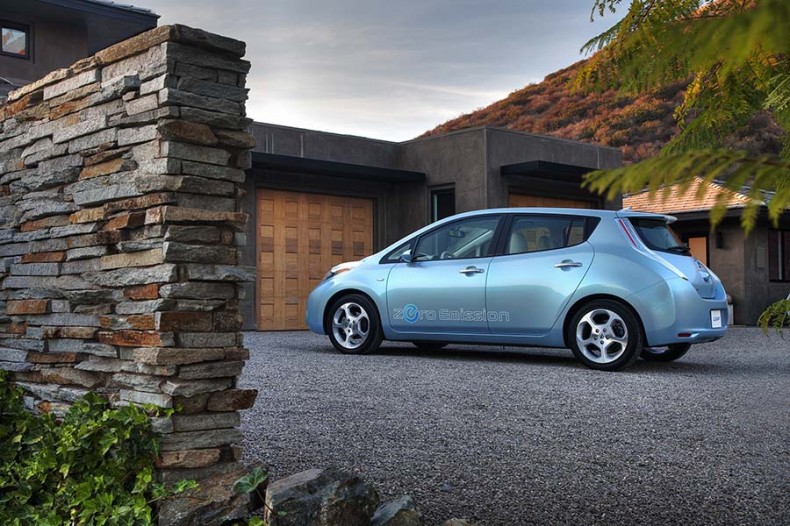PEVS
How electric vehicles compare to gas-fed cars, trucks
By Brian SlobodaOn average, the fuel cost per mile for an electrically powered car is about one-third the cost of driving a gasoline-powered car.
The electric vehicle market is evolving and maturing. Although the concept of electrically powered vehicles was pioneered more than a century ago, only recently have they become a viable vehicle choice for most Americans.
Since the launch of the Chevrolet Volt and Nissan LEAF in 2010, growth of the plug-in electric vehicle (PEV) market has been exponential with more than 215,600 PEVs added to American roadways. Although PEVs still represent just a sliver (0.38 percent) of the total cars in the U.S., drivers’ attitudes towards electric vehicles are changing. A recent Consumer Reports study found that 60 percent of Americans would consider a PEV when making their next vehicle purchase.
Electric vehicles are designed to either supplement an internal combustion engine (ICE) or eliminate the need for an ICE altogether. Electric vehicle system components generally include a battery for energy storage, electric motor for propulsion, mechanical transmission and power control system.
A primary benefit of PEVs is that trips to the gas station are either vastly reduced or eliminated altogether. However, in lieu of gas refueling, PEVs need to be recharged by plugging into the electric grid.
Electric vehicle supply equipment (EVSE) is the technical term for a PEV charging station. EVSE ensures that a safe and appropriate amount of electrical energy is delivered to the PEV from an electricity source.
AC (alternating current) Level 1 charging infrastructure, which is used for most residential PEV charging, is minimal, involving just one cord that connects the PEV to an electrical outlet on a dedicated 110 Volt 15 or 20 Amp circuit.
AC Level 2 and DC (direct current) Level 3 charging stations have more complex infrastructure requirements that can be costly. They range from a minimum total cost of $650 to a maximum of $80,400, depending on the application.
Maintenance, upkeep
All-electric vehicles do not have conventional transmissions or petroleum-fueled engines—making maintenance and upkeep generally cheaper than for an ICE vehicle. One study found that the maintenance costs of PEVs are approximately 35 percent lower than those of comparable gasoline-powered vehicles.
However, battery replacement can be very expensive should it be required before the end of the vehicle’s life. Pricing for the Nissan Leaf battery currently starts around $5,499.
As Plug-in Hybrid Electric Vehicles (PHEVs) have internal combustion engines, maintenance costs and regularity falls somewhere between all-electric and conventional vehicles. The Chevy Volt oil change interval is 30,000 miles, significantly extended over the 5,000-mile interval for ICE vehicles. The regenerative braking feature of PHEVs also reduces brake wear, and the PEV electrical system (battery, motor and associated electronics) typically requires minimal maintenance.
Servicing PEVs can require specialized technical skills and tools, leaving PEV owners to rely on dealers for servicing. This may be unappealing for car owners who prefer to use a local mechanic or service their vehicle themselves.
Costs
On average, the fuel cost per mile for an electrically powered car is about one-third the cost of driving a gasoline-powered car.
As PEV battery costs drop and charging infrastructure expands — it is likely that PEVs will become a mainstream vehicle choice for many Americans within the next few decades. PEVs offer fuel cost per mile savings for most drivers and can also help reduce greenhouse gas emissions.
-
Share this story:




